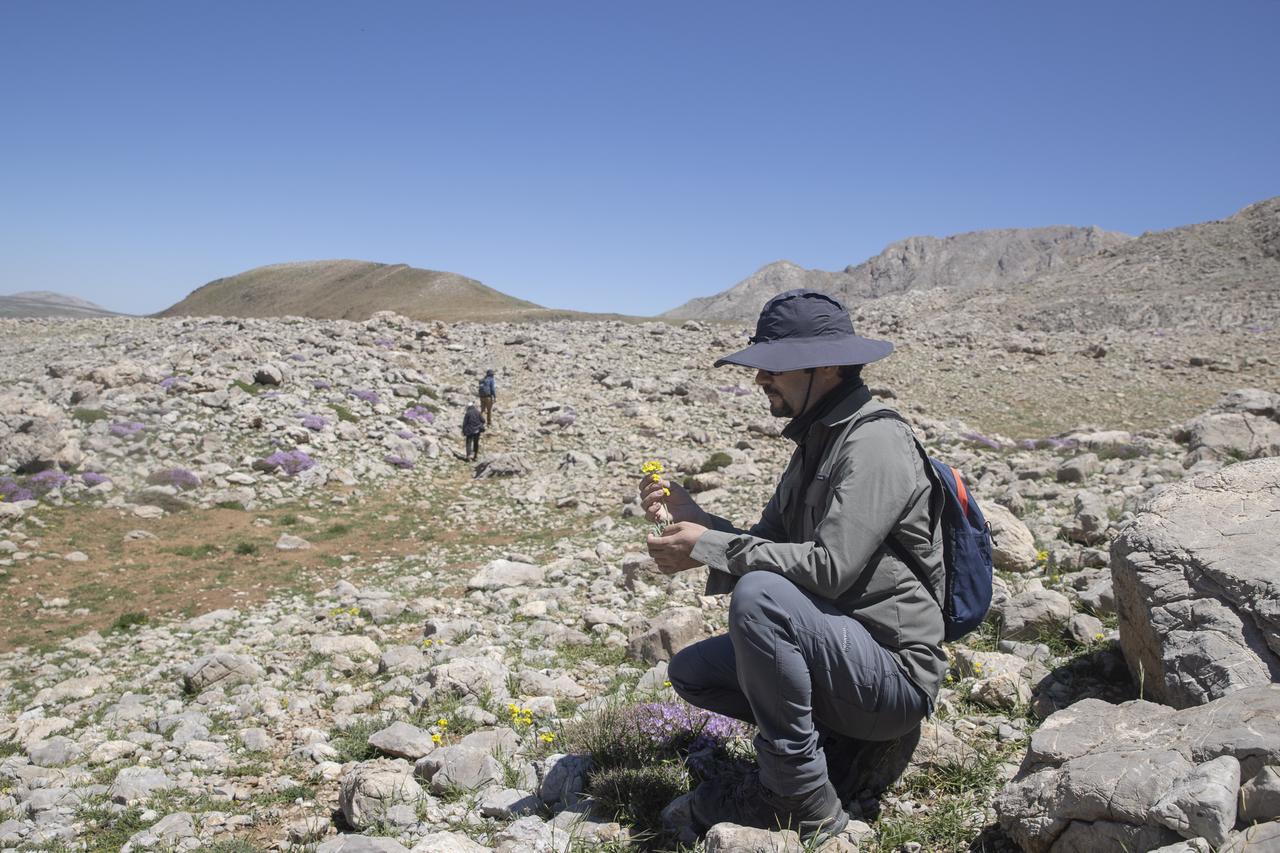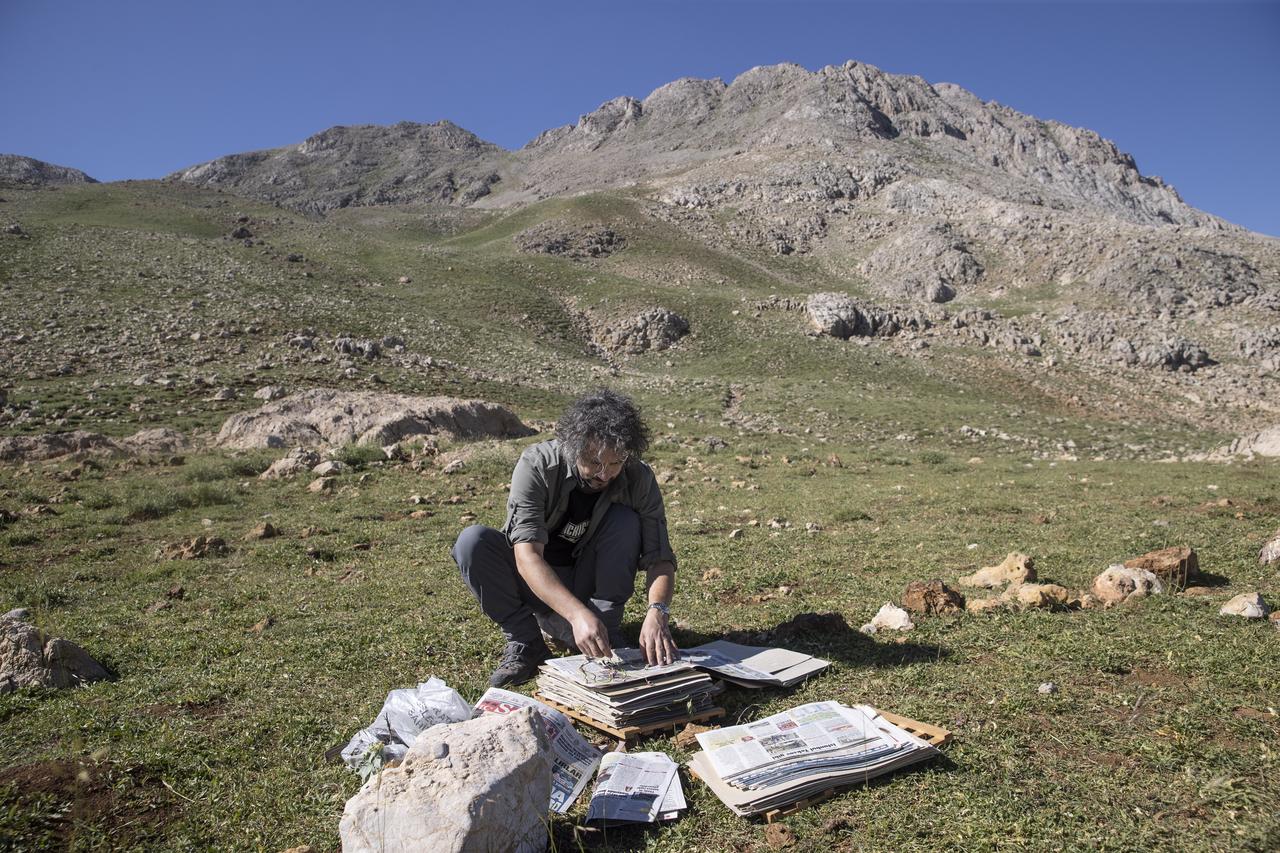
In the mountainous region of eastern Türkiye, a group of botanists is conducting research in the rugged highlands of Tunceli, focusing particularly on the Ovacik and Pulumur districts. With a goal of identifying rare and possibly undiscovered plant species, they are climbing to altitudes reaching 3,000 meters across the Munzur, Mercan, Hel, Buyer, and Bagirpasa mountain ranges.
These expeditions are not only scientifically valuable but physically demanding. Researchers travel by vehicle to the base of the mountains, then hike steep and rocky paths on foot, often under the guidance of local experts. Along the way, they encounter pristine landscapes, where they collect plant samples and photograph them in their natural habitats.

Tunceli’s unspoiled natural environment becomes particularly vibrant during spring and summer, attracting academic teams studying botany from across Türkiye. Their fieldwork contributes to the ongoing effort to catalog the region’s plant biodiversity.
One of the scientists leading this effort is Professor Metin Armagan from the Department of Field Crops at Necmettin Erbakan University. He and his colleagues recently conducted field studies in the Munzur Mountains, which lie between Tunceli’s Ovacik district and the neighboring Erzincan province.
Their original aim was to locate a specific species of violet believed to grow exclusively in the Munzur Mountains. However, during the expedition, they encountered far more floral diversity than expected. According to Armagan, approximately 2,200 flowering plant species have been identified in the Tunceli region so far, and nearly 20 percent of these are endemic—found nowhere else in the world.

During their high-altitude work, the team conducted a density test to observe the frequency of endemic species. Remarkably, within a space of just two square meters, they identified five distinct and locally endemic plants, including species such as the Aksham Yildizi, Kalan Nakili, and various types of bellflowers.
Armagan emphasized how elevation influences plant habitats: “When the altitude changes, the habitat preferences of plants shift too. A plant you find at 1,500 meters won’t be there at 1,600 or 1,700. The species we were targeting today grow above 1,800 meters, and the area we reached was at 3,000 meters.”

Among the researchers was Associate Professor Burcu Yilmaz Citak from the Department of Biology at Selcuk University. It was her first visit to Tunceli, and she expressed deep admiration for the region’s rich biodiversity. Climbing the steep slopes of the Munzur Mountains, she said, was a significant professional experience.
“I had read that the region has a rich diversity of plant life. Now, I have witnessed it firsthand,” she noted, adding that they came across various genera belonging to multiple plant families during the fieldwork.